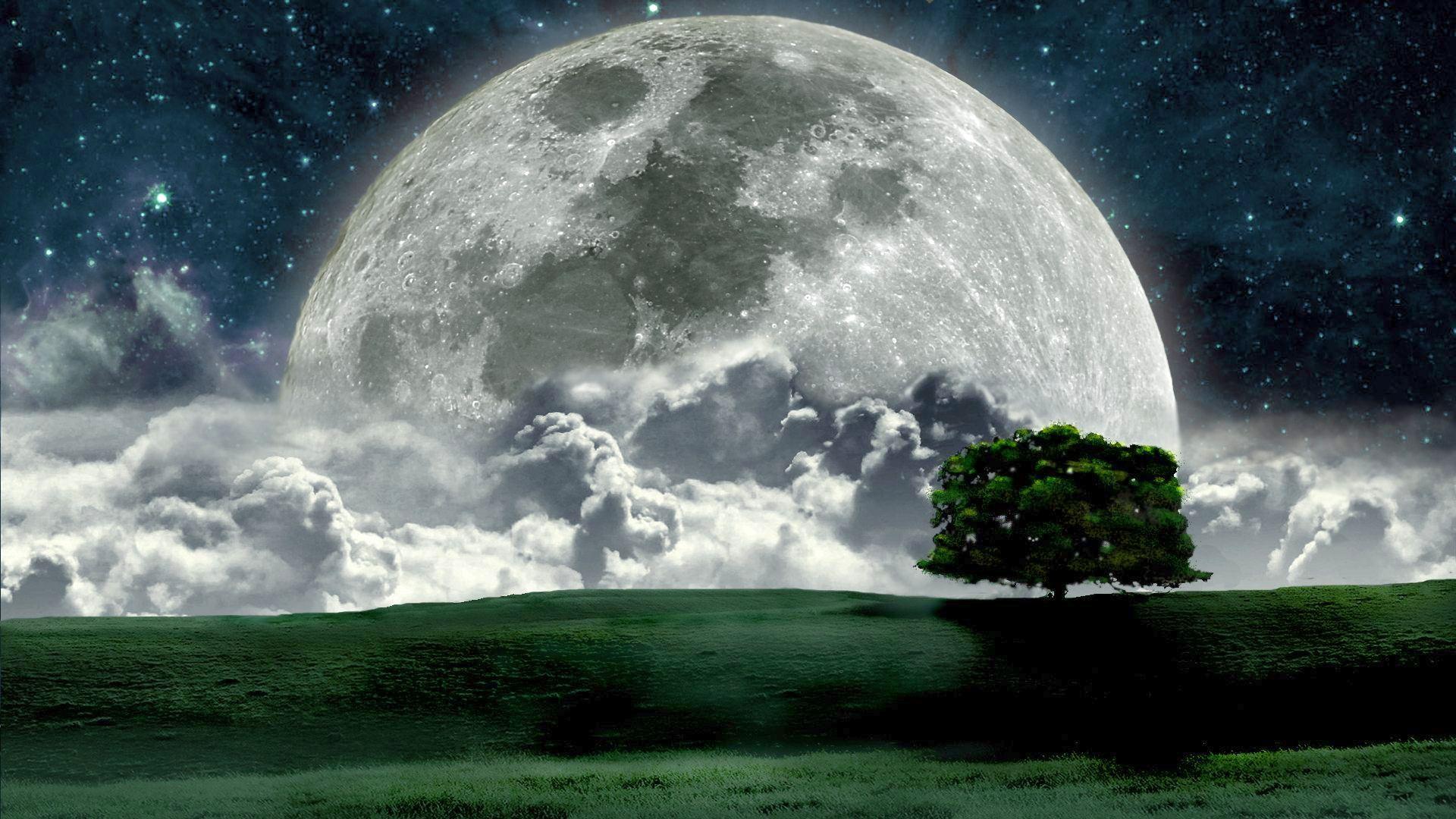While we may know more about the Moon than anything else in space, there’s still so much to discover. The world’s space agencies continue to study the Moon, sharing new findings often. Each year on July 20, we celebrate the Moon with International Moon Day. If you’re eager to learn some incredible lunar facts, keep reading.
How much of the Moon we get to see at night depends on its position in orbit. This is split into eight phases: new, waxing crescent, first quarter, waxing gibbous, full, waning gibbous, last quarter, and waning crescent.
The Moon, according to scientists, is about 4.5 billion years old. It’s believed to have been formed from debris flung into space when the Earth collided with another planetary structure, Theia.
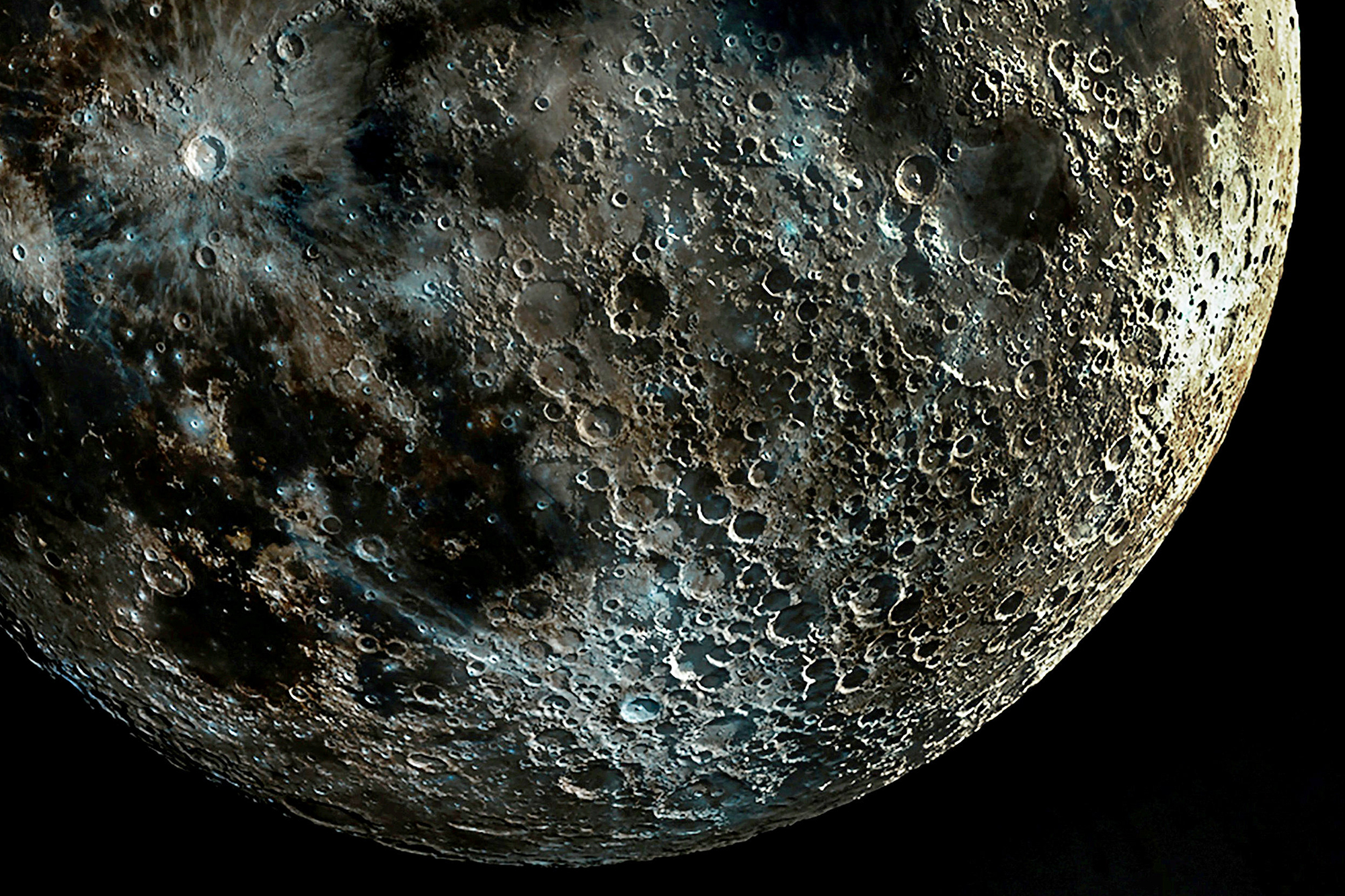
As far back as 20-30,000 years ago, humans recorded the Moon’s phases by carving lines into sticks and bones called “tally sticks.”
From here, especially when it’s full, the Moon looks like a perfect sphere. In reality, it’s closer to the shape of an egg, with the broader end facing the Earth.
Our solar system has over 200 moons, but ours is the fifth largest.
The actual highest point on the Moon is the Selenean summit, which is 35,387 feet (10,785 m) tall. If placed side by side, it would tower 20% higher than Earth’s tallest point, Mount Everest.
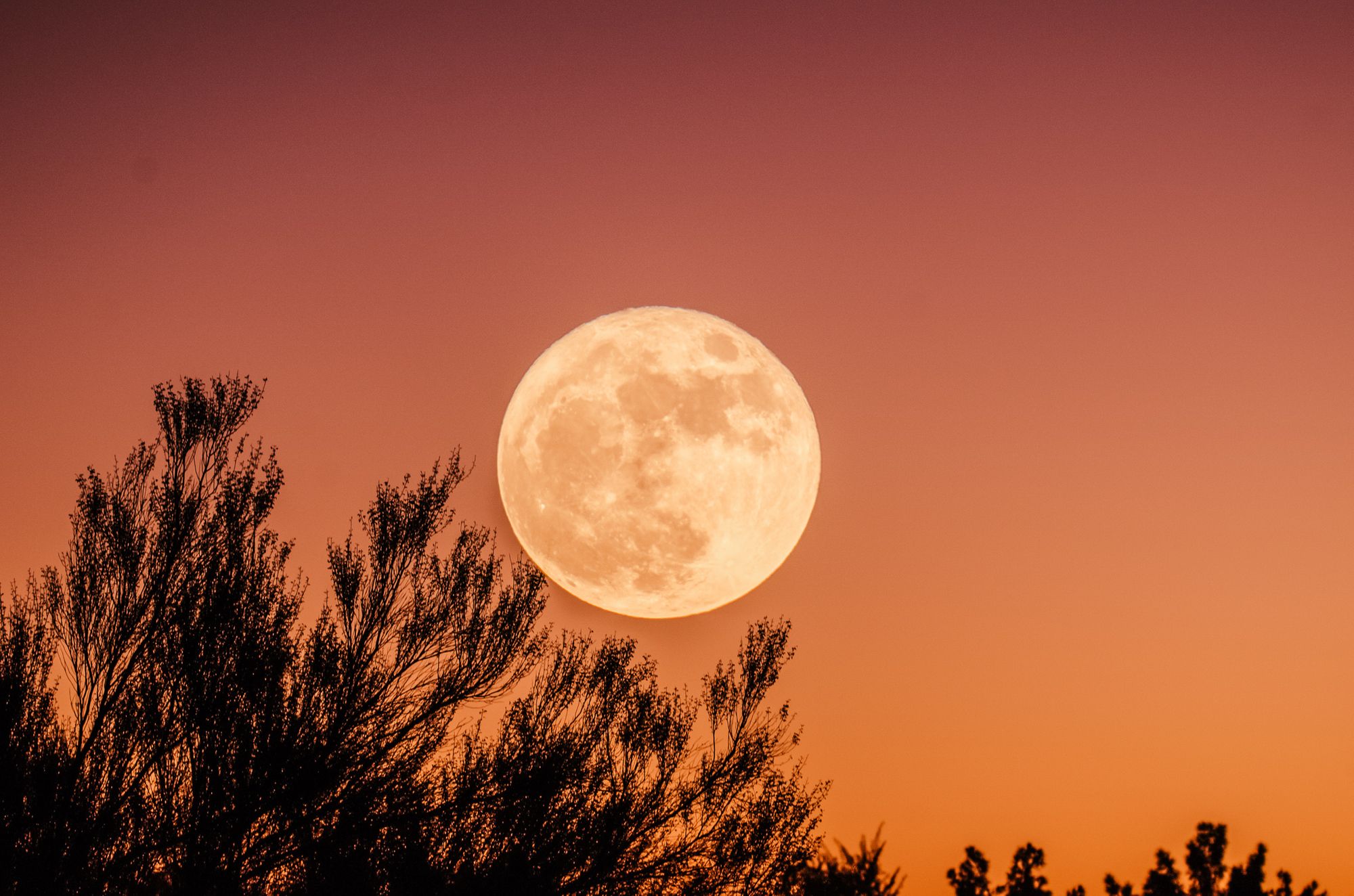
If you leave your footprint on the Moon’s surface, it could sit there for centuries. This happens because there are no winds or weather conditions to alter it.
We all see the same moon phase, irrespective of our locations on Earth.
The Moon is about one-quarter the Earth’s size.
The Moon has a scanty atmosphere of 100 molecules per cubic centimeter. This is far thinner than the Earth, which has about 100 billion billion molecules per cubic centimeter.
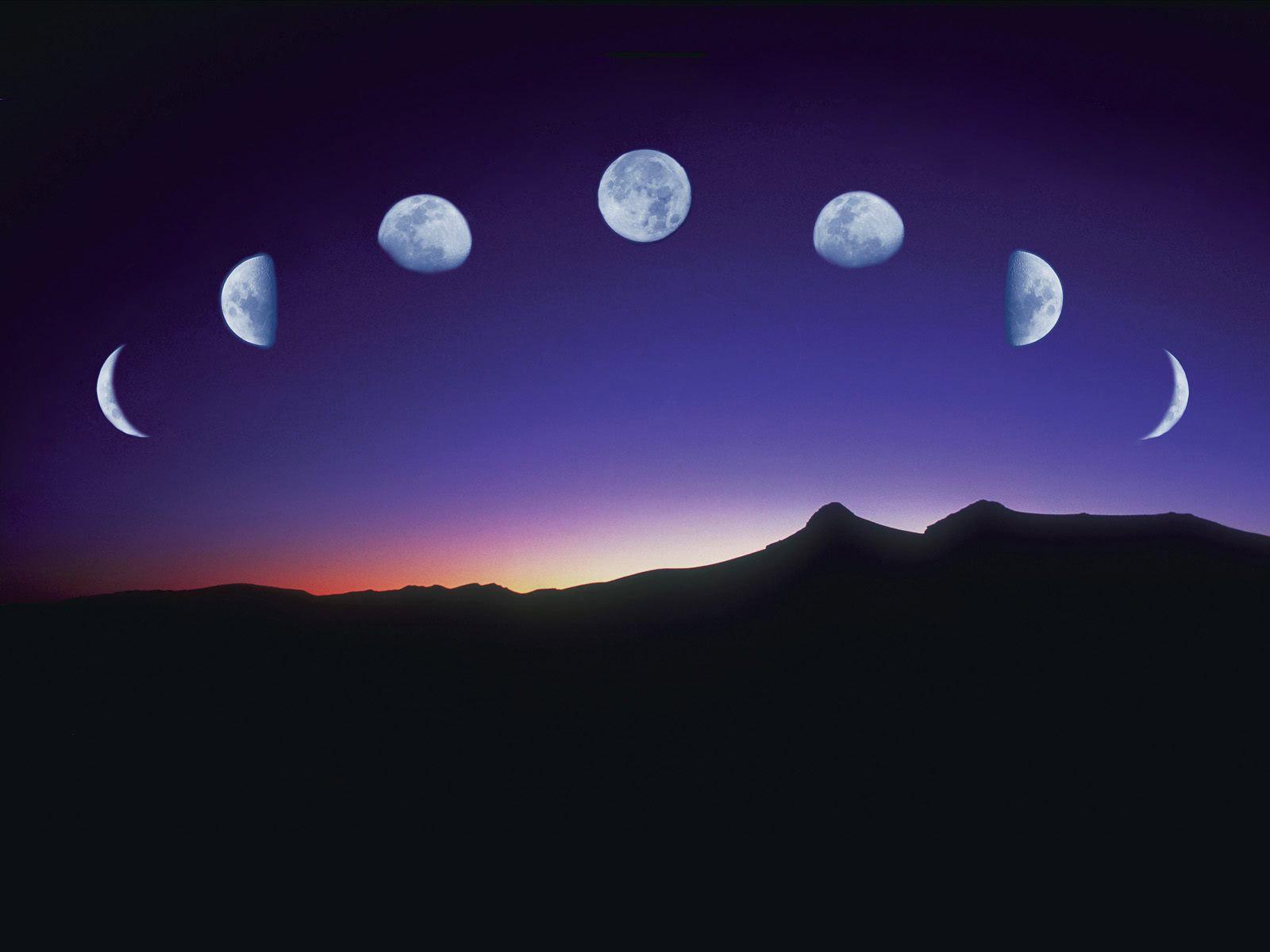
The Earth and Moon are tidally locked, with their rotations in sync. This means that even though the Moon rotates, we can only see one side.
The Moon is about 238,855 miles (384,400 kilometers) from Earth. That’s enough room to fit about 30 Earths.
Perigee is where the Moon is closest to the Earth at 225,700 miles (363,300 km). The Moon appears much larger at this distance and is called a supermoon.
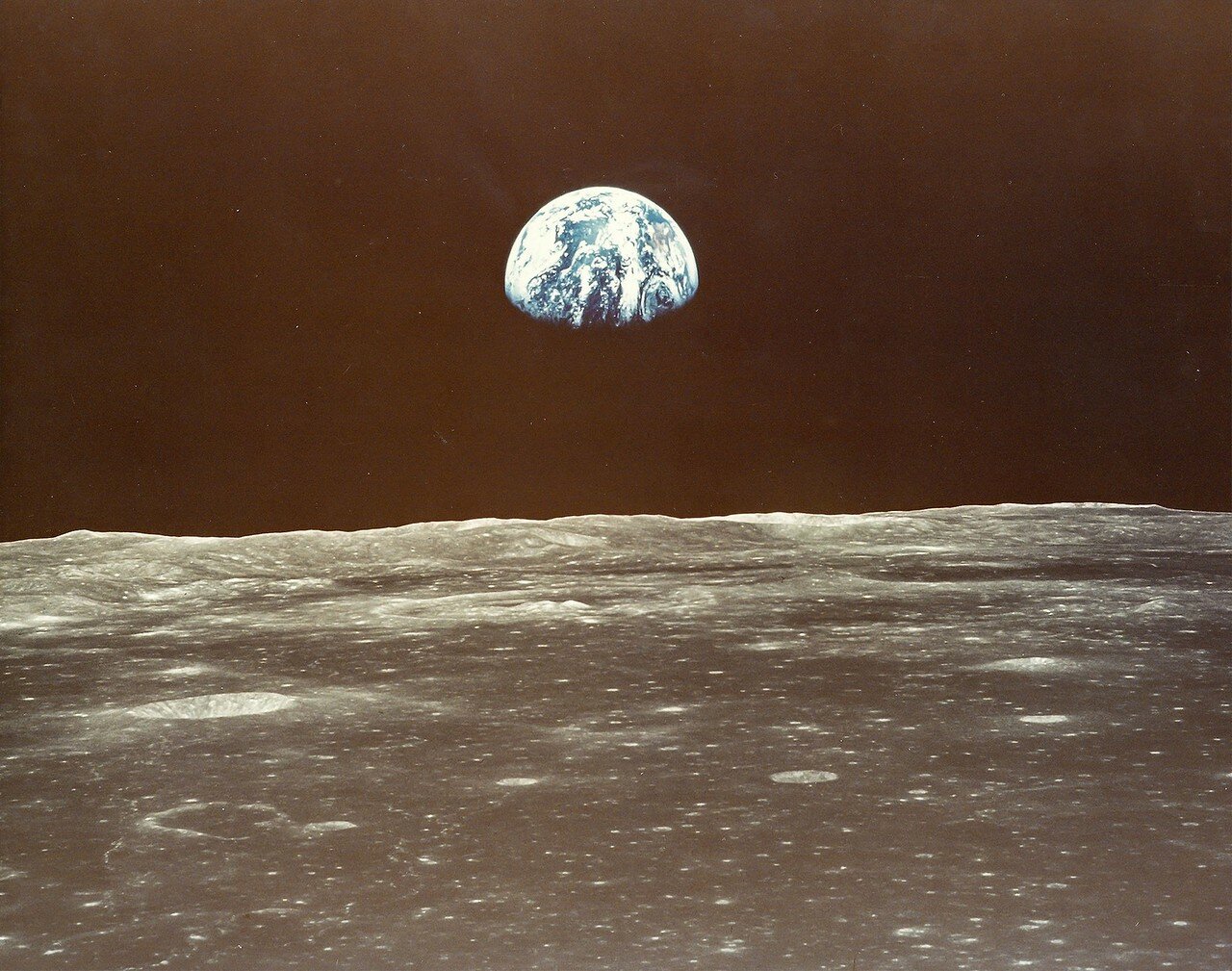
Unlike other planetary neighbors, Earth has just one natural satellite, the Moon.
The Moon completes its trip around the Earth in 27.3 days. But it needs 29.5 days to go through its phases.
The Moon performs special wobbly movements as it rotates, called librations, allowing us to catch a glimpse of the dark side.
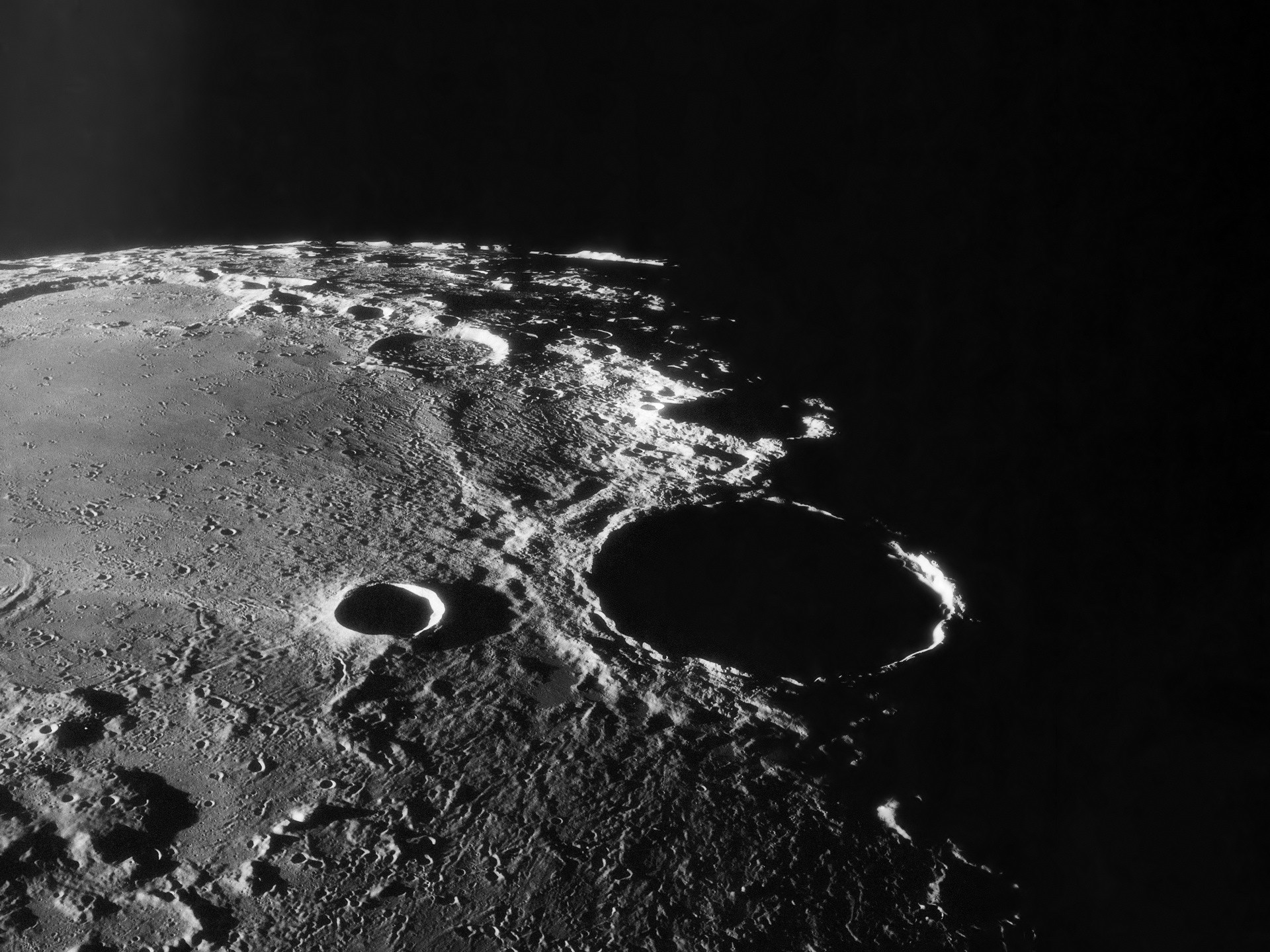
A supermoon appears 14% bigger and 30% brighter than a micromoon.
Temperatures vary significantly on the Moon, hitting up to 273 degrees Fahrenheit (134 degrees Celsius) during the day. On the night side, temperatures can plummet to -243 degrees Fahrenheit (-153 degrees Celsius).
It’s theorized that the Moon had a thicker atmosphere long ago, but this was lost into space when lunar volcanic activity stopped.
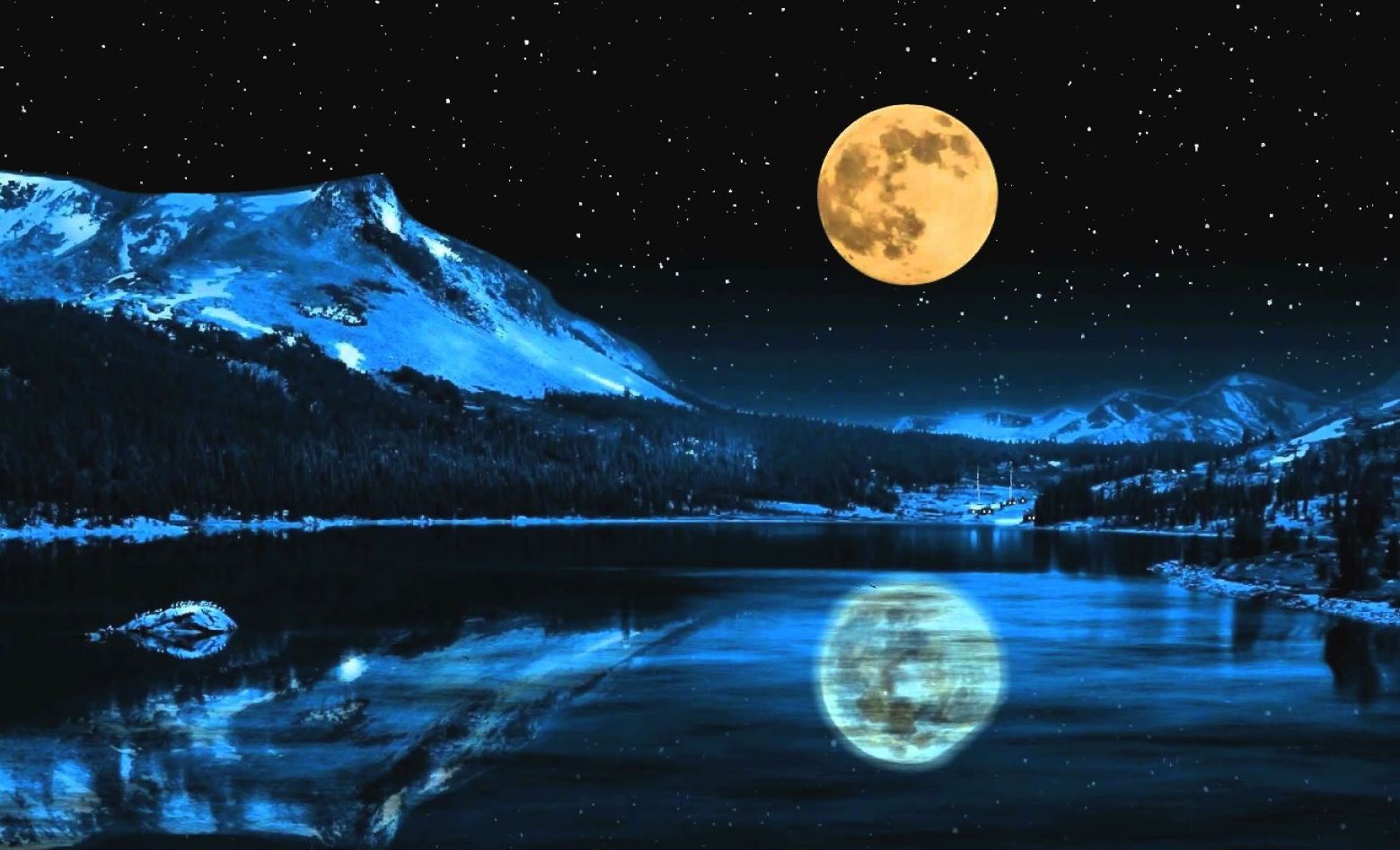
The Moon shines brighter than any other object in the night sky. However, it doesn’t produce any light but reflects the Sun‘s rays.
The Moon’s landscape features craters and holes where asteroids, comets, and meteoroids have struck it.
At about 18,000 feet (5486 meters), Mons Huygens is the tallest mountain on the Moon but not its highest summit.
